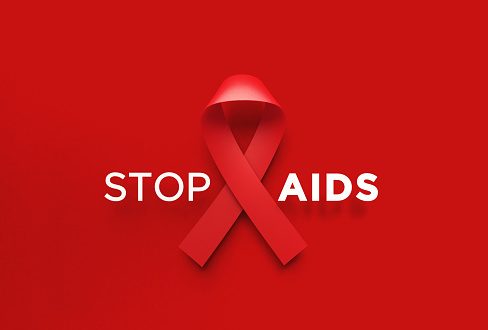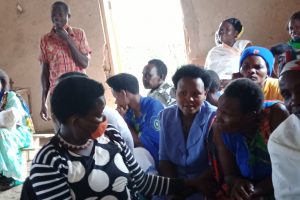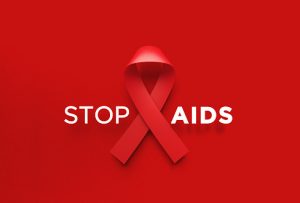Over the years, the HIV epidemic in Uganda has greatly evolved. Currently, there has been a significant improvement in access to quality HIV/AIDS services, particularly in the health centers in the various districts of Central Uganda. For instance, Kalungu, Bukomansimbi, and Masaka districts have all seen a remarkable increment in the number of ART clients. However, the health facilities are meeting individuals who are easier to access and use services given their proximity to those centers. There is a big mismatch in HIV service access among certain sections of the people, particularly those living in isolated areas where health units are non-existent or where those existing are less functional in regards to providing a comprehensive package of HIV/AIDS services.
Even in areas where health services are available, there is limited usage of services, especially for people who have never tested before or received any sort of HIV treatment. Either these individuals don’t know where services can be got or from whom they can access the service or they feel isolated and out of reach of services due to the peculiar characteristic of their lives. There are also no back and forward linkages within their communities to enable them to access health services. For instance, fishing folks who spend most of their lives in the waters of Lake Victoria rarely interface with health workers in static health units.
There is a glaring disconnect between what is transpiring within the formal health system and the isolated communities and also most players/CSOs implementing community-based programs are less coordinated and also have limited linkage mechanisms to facilitate enrollment into care for those persons who all interventions have failed to reach. For instance, in the Buganda region, there are well documented high numbers of loss-to-follow-up persons whom the health facilities have not reached or are unable to reach due to weak linkage strategies between communities and health facilities.
Another glaring challenge faced by interventions in the region is the limited linkages for psychosocial and livelihood support for persons living with HIV of those that are at risk of acquiring HIV or TB. Poverty has remained a significant driver of vulnerability and hence has denied a good number of the vulnerable communities access to all services including health. There are high school drop-outs, high teenage pregnancies, as well as Gender-Based Violence among such communities and yet these factors are known drivers of the HIV epidemic in the country.
Therefore, UTNU uses a holistic intervention approach that will contribute to the realization of the 90-90-90 goal and Global AIDS Strategy 2021-2026 by creating and strengthening strong linkages for PLHIV and MARPs to access and use a comprehensive package of community-based services that will lower susceptibility for HIV and AIDS acquisition and suppress viral load for those with HIV but also provide economic opportunities for those vulnerable households to improve their quality of lives.





